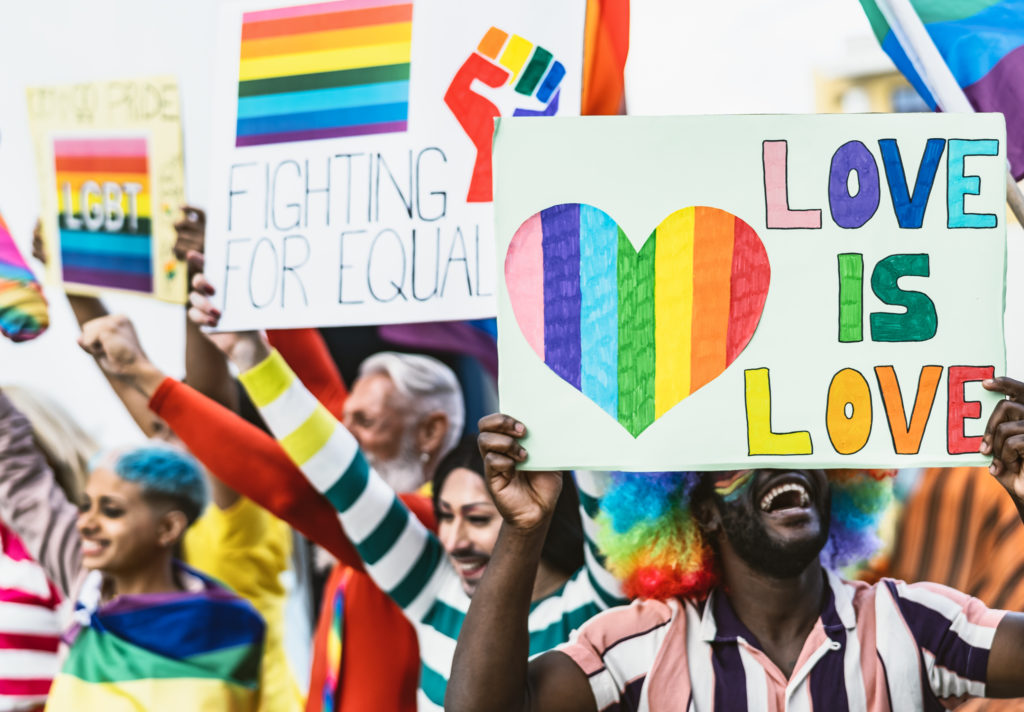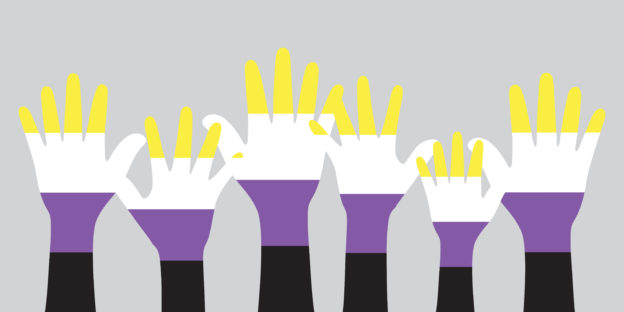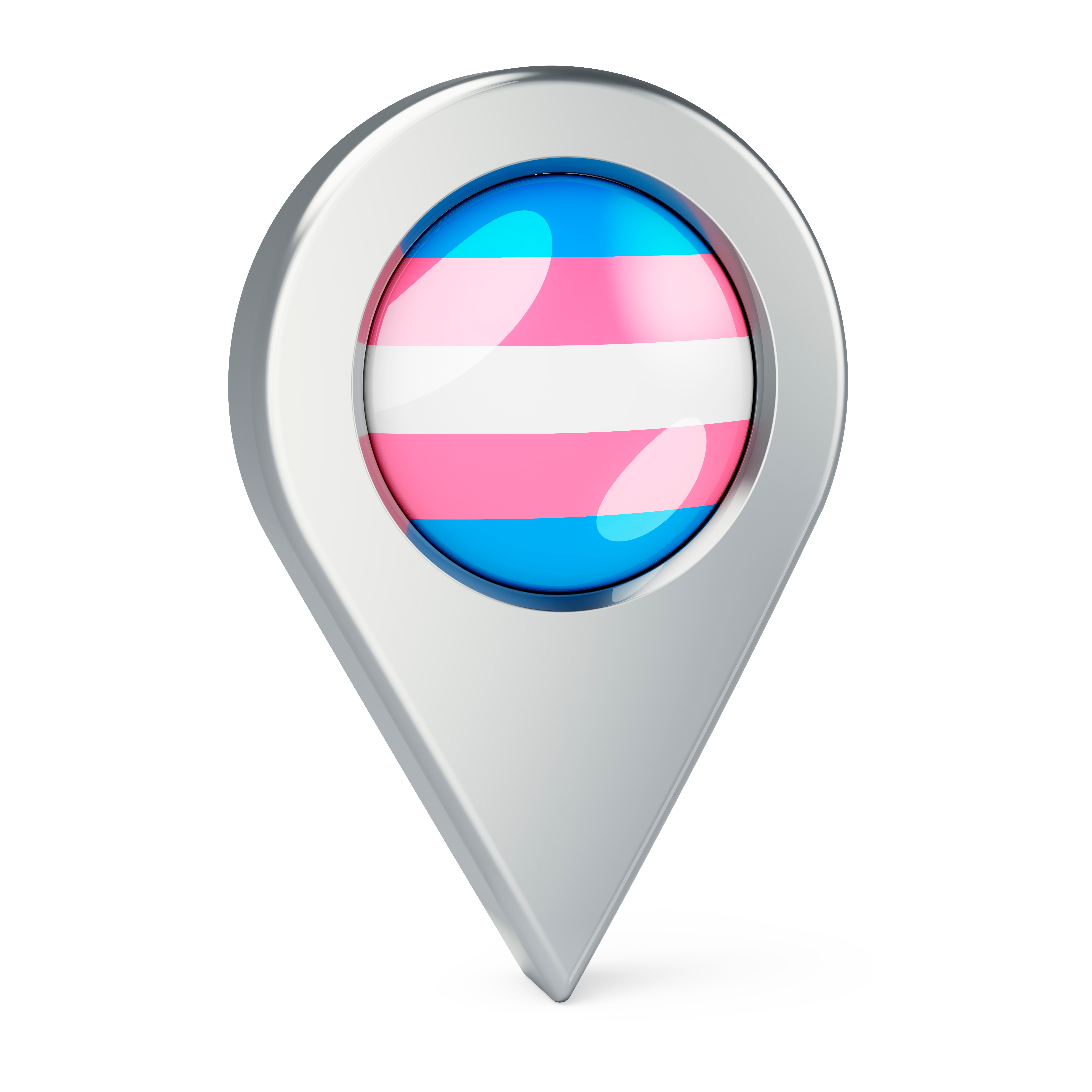Hey there, Trystology here in celebration of National Non-Binary People’s Day!
{Record Skip}
National what?!
Yeah! Happy National Non-Binary People’s Day! Words matter, and our use of them has vastly fluctuated throughout history. We at Trystology believe it’s time our language around sexuality follows suit! Words are powerful communication tools, and their meanings/our understandings of them shape our realities. For example, how do you define gender? How about manhood, or womanhood? Can you point to them? And what happens when your identification with gender expands past our already fragile societal norms and vocabulary?
Also, why is this blog post possibly our most important this year? I’m going to cut out of my normal writer’s voice for a moment to answer this first. People are dying, folks. All over the world millions have lost their lives to Covid-19, and even amid all of that loss and sadness we’re seeing more non-binary and trans lives lost due to ignorance than ever. It’s only July, and 2021 already accounts for more trans murders than all of 2019, and most are Black and Latina women. Even more lives are lost to suicide, and astoundingly more are ostracized from political, cultural, even medical representation.
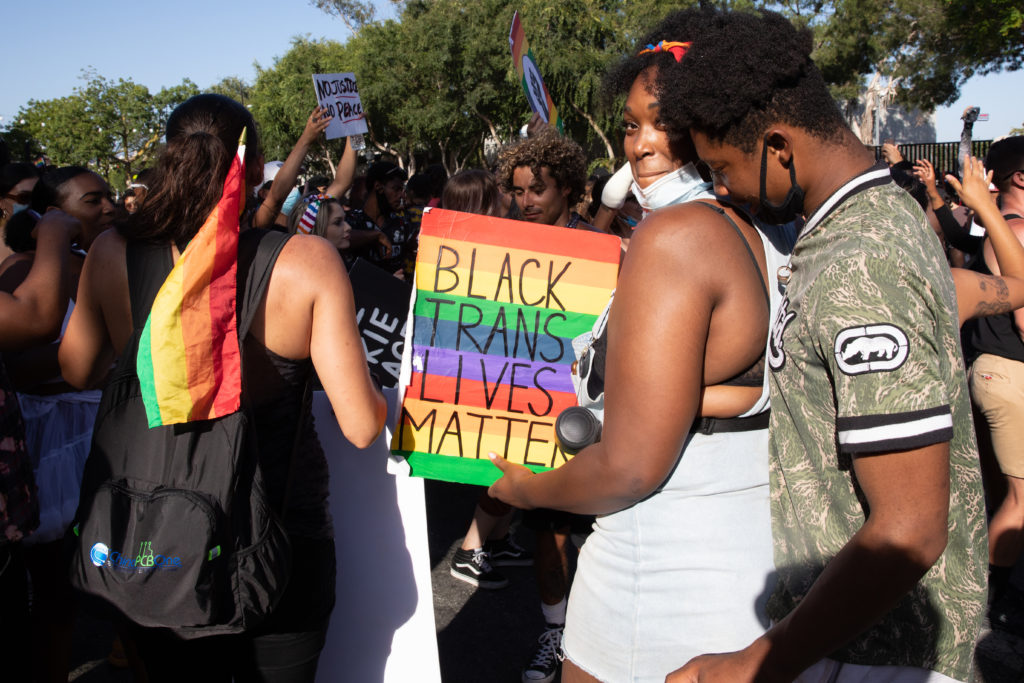
This article is unapologetically about gender, and the language we use to describe it. Historically, we are more than ‘man’ or ‘woman’, or ‘male’ or ‘female.’ The word gender inherently surpasses society’s understanding of it, and we are here to discuss why the world, and the orgasm, extend past the binary.
To our non-binary, trans, non-gendered, genderqueer, intersex community and more, we thank you, we welcome you, and we hope this article does you proud!
Binary, and Beyond!
It’s no surprise that as a bipedal species with two outward facing eyes, feet, hands, and ears that we would settle and find comfort with mere duality. However, the idea that there are only two neatly boxed up genders is a common and dangerous misconception. Always has been. Simply put, its false. For instance, Intersex folks have always existed and have been both ostracized and exalted in high societies and religious practices.
Non-binary is a term for those who don’t identify completely with “man” or “woman”, or “male” or “female.” Many don’t find home within these terms at all. Instead, some feel blends of both, some feel something altogether different, while intersex people are born with anatomical or reproductive systems outside of the strict male or female classification. Other terms for non-binary include genderqueer, agender, trans, non-gendered, and more. While none of these terms mean the same to everyone, they all speak to an experience of gender beyond male or female.
And even though non-binary is a new term, this experience has written historical relevance pre-dating the Middle Ages!
Practicing Proper Pronouns
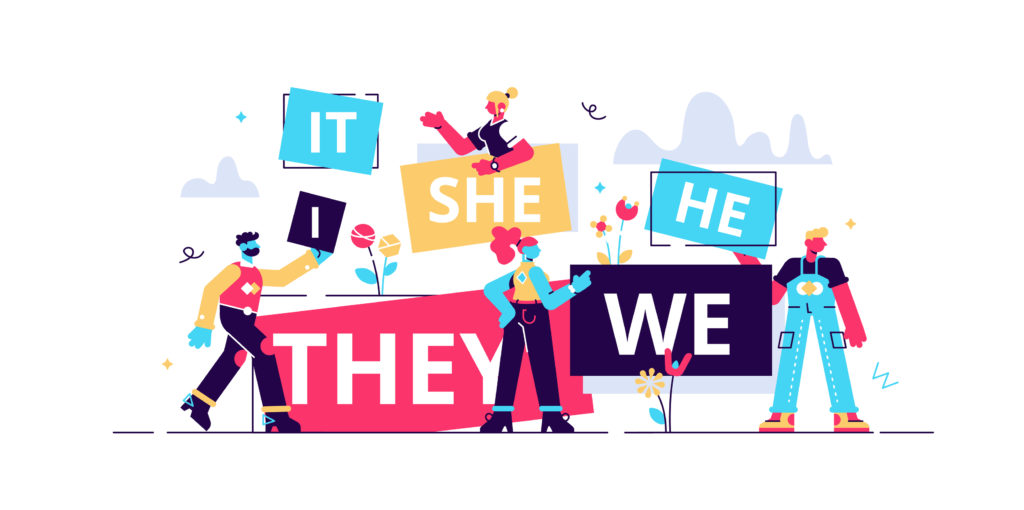
Okay, so we know there’s more than male or female. We know. So how can we honor the experience of our non-binary family in society, culture, and the legislature governing both? Although we have a long way to go, we can simply start with the proper use of pronouns! Many who identify outside the already false binary prefer the use of they/them/their when being referred to in society. But how do we know when to use these pronouns? And what if we make mistakes?
In every article we’ve written about sexuality, Trystology has emphasized the importance of communication. The same applies here! Non-binary people are just people, and have been in our lives forever whether we’ve known it or not. In order to know how someone identifies, all we have to do is ask! Sure, this is a new conversation, but we are living within a time of revolution, transition, and change. Our courage now to respect one another and to empathize with others’ experiences can start with, “Hi friend, which pronouns do you prefer?” We then make the effort to respectfully adhere to the work an individual has put into knowing themselves. Will we make mistakes? Undoubtedly. But asking about pronouns is a way to grant visibility to those beyond the binary, and representation matters. Language has changed before, it’s changing again, and we will survive.
Questions Everyone Should Avoid…
Whereas open discussions aid society’s understanding of the non-binary experience, some questions are flat out rude, such as, “Have you… transitioned?” or “Do you still have a penis/vagina?” C N Lester, in Trans Like Me, speaks on this in a way that cuts right to the heart of the issue. Whether each of us knows someone openly non-binary or not, chances are good we all know a mom. When women give birth, we ask kind questions. “How are you and the baby?” or simply, “Congratulations!” The process of birth is intimate and unlike any other. It can be messy, painful, and complex. A mother may choose to describe her experience of labor to family member or friend, but for a stranger to ask how severely someone’s vagina tore giving birth would certainly be unacceptable and offensive… period. The same is true of asking about anyone’s genitalia. Not. Your. Business! And it’s certainly not anyone’s obligation to answer!
My. Family.
To pop out of my writer’s voice once more, I want to thank a specific member of my family for aiding in my understanding of this issue. Out of respect for them, they will remain nameless. However, in order to write this article properly, I asked them for a personal interview. I was honored when they agreed and was astounded at how much I too had to learn. Here are some points they shared with me.

They were identified as male at birth yet began dressing in women’s clothing from the laundry hamper in secret at age four. Pediatricians now estimate that children understand their gender and gender expression by exactly this age. For the cisgender folks reading, (those who identify with the sex they were assigned at birth), I ask you to imagine the mental toll of learning to hide your true gender from family and society so young. As a teacher, this breaks my heart. I’m happy to say that in their sixties, my family member has finally found support, a community, and safety within it. Home, you might say. And to this member of my family, I love you, I am proud of you, and I thank you for everything you have taught me.
At the end of my interview with them, I asked, “What, if any, advice would you give to the younger you?”
“I would tell them to go ahead and do what makes them happy.” They went on to say, “I’ve spent my entire life being what other people wanted me to be, you know? A real man, or whatever the hell that is. I took care of my kids financially, I had the nice house, you know. I’ve been there for my family when they were sick and stuff. But now it’s my turn. I finally feel entitled to make myself happy.”
I then asked, “What have you learned by having the support of your peers?”
Their emphatic response? “Be honest. I’m a firm believer that it may be hard in the beginning, but it will get easier as you go.”
I could hear in their voice that honesty meant much more than being open to others. It meant, first and foremost, gaining the comfortability and confidence to be honest with themselves.
Now for the Goods!
So finally… can non-binary people have sex? YES!! Non-binary, trans, intersex people and more have orgasms, and the biological make-up to do so. Just as most men and women navigate their orgasms differently, the same can be true for those who identify as non-binary. Here, family, are some of our favorite toys to rock, flaunt, and enjoy your beautiful selves!
The Toy Chest
Strap ons!
For the transmasculine community who haven’t undergone phalloplasty, strap-ons offer a great way to penetrate partners, and have been around for hundreds, yes hundreds, of years. Here at Trystology we offer a wide array from natural to spacey to honor every desired size, look, and feel. We also carry underwear style harnesses fit for a natural look, and perfect for packing! Strap-ons can suit transfeminine people as well. Estrogen therapy can take a toll on someone’s ability to maintain an erection and strapping up can provide a way to have sex while avoiding dysphoria or any contact with the genitals. For those who have undergone vaginoplasty, strap-ons can still be used the same way cisgender women use them today. No matter how you top, here’s a list of our top faves.
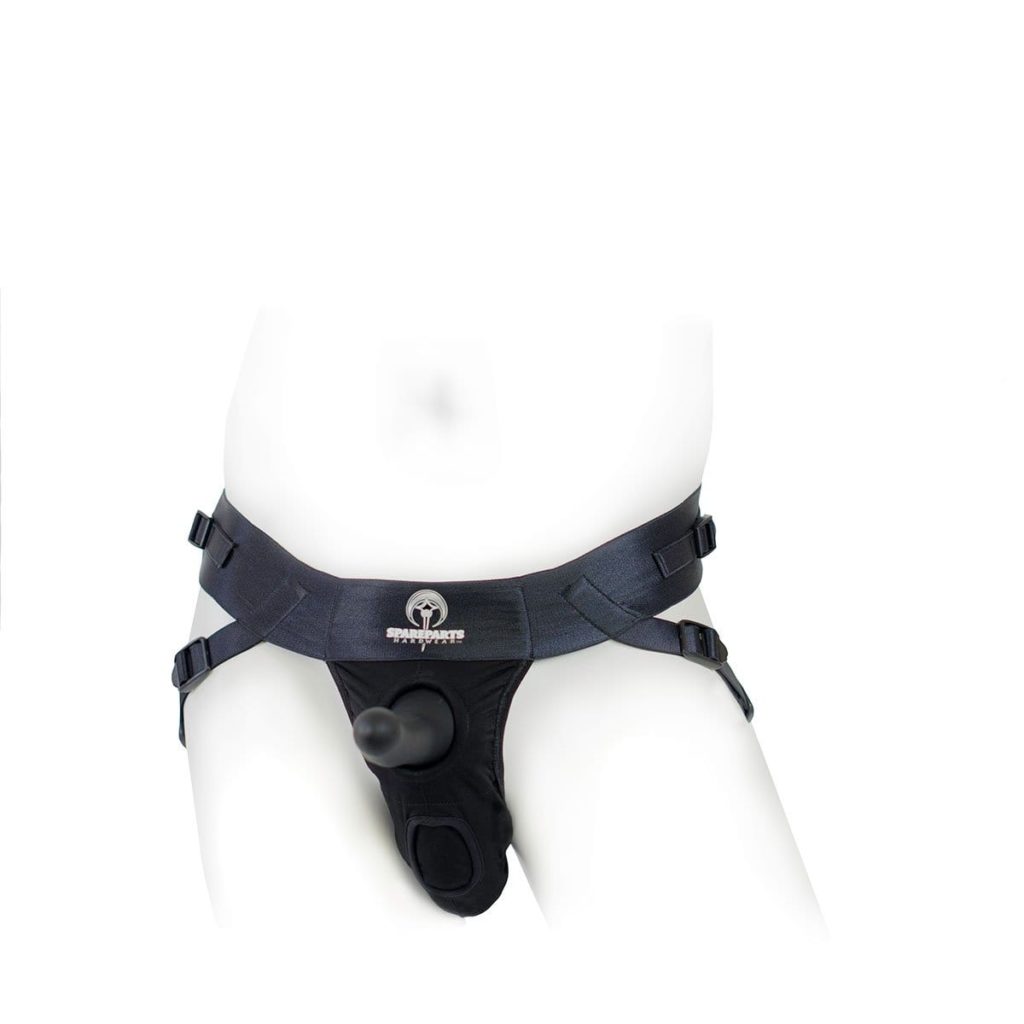
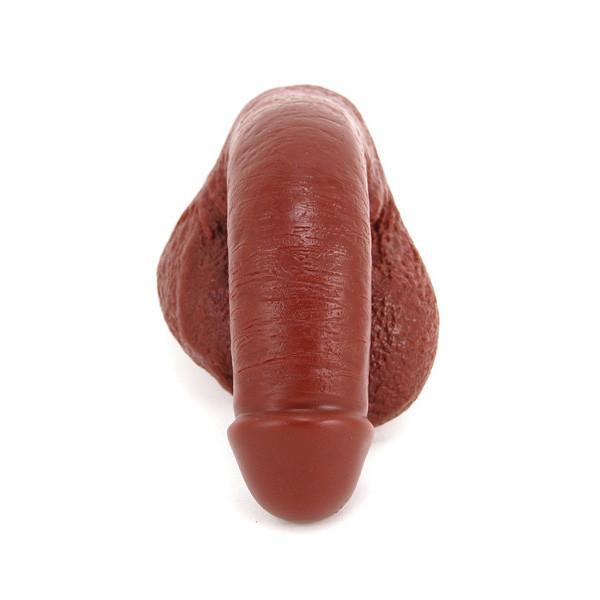
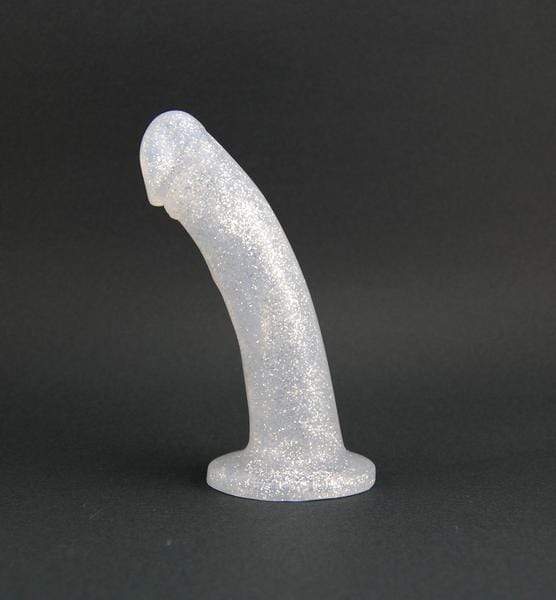
Let’s Vibe it Out!
Vibrators, specifically vibrating wands, are awesome for everyone. The reason? They offer a larger area of vibration that suits all kinds of genitalia. Wand vibrators do not require an erection and are strong enough to be used through clothing. Smaller bullet vibes can also be used for muffing, a sexual act stimulating the inguinal canals of transfeminine women.
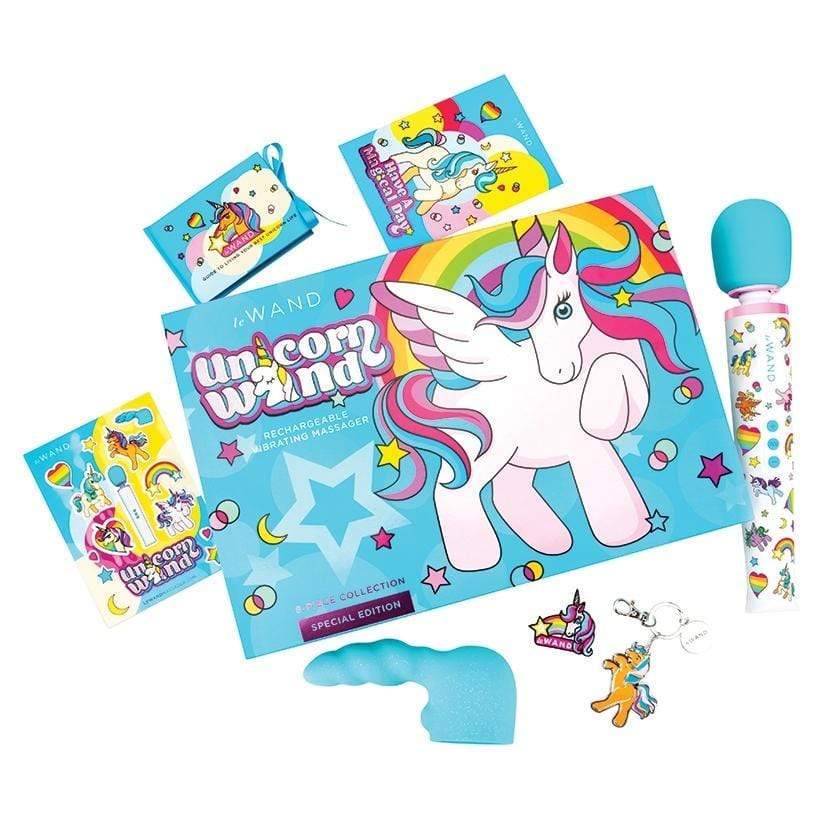
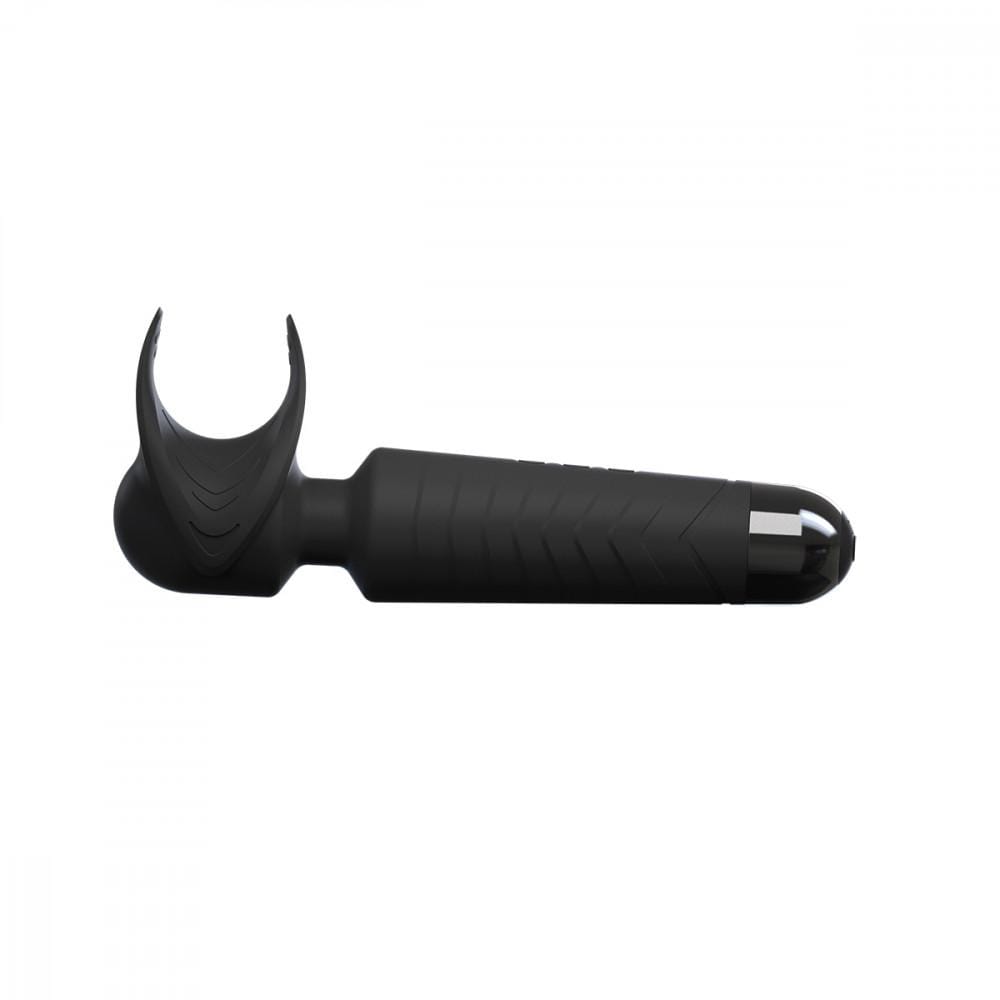
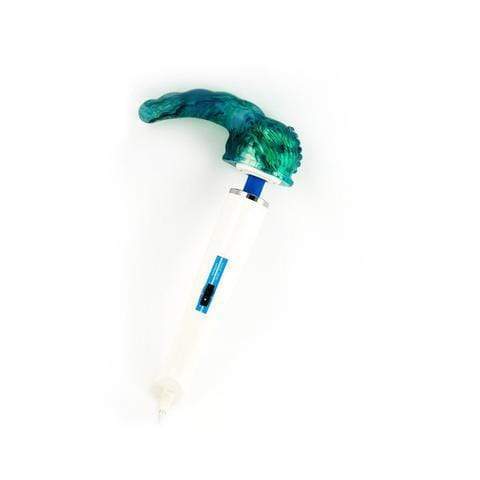
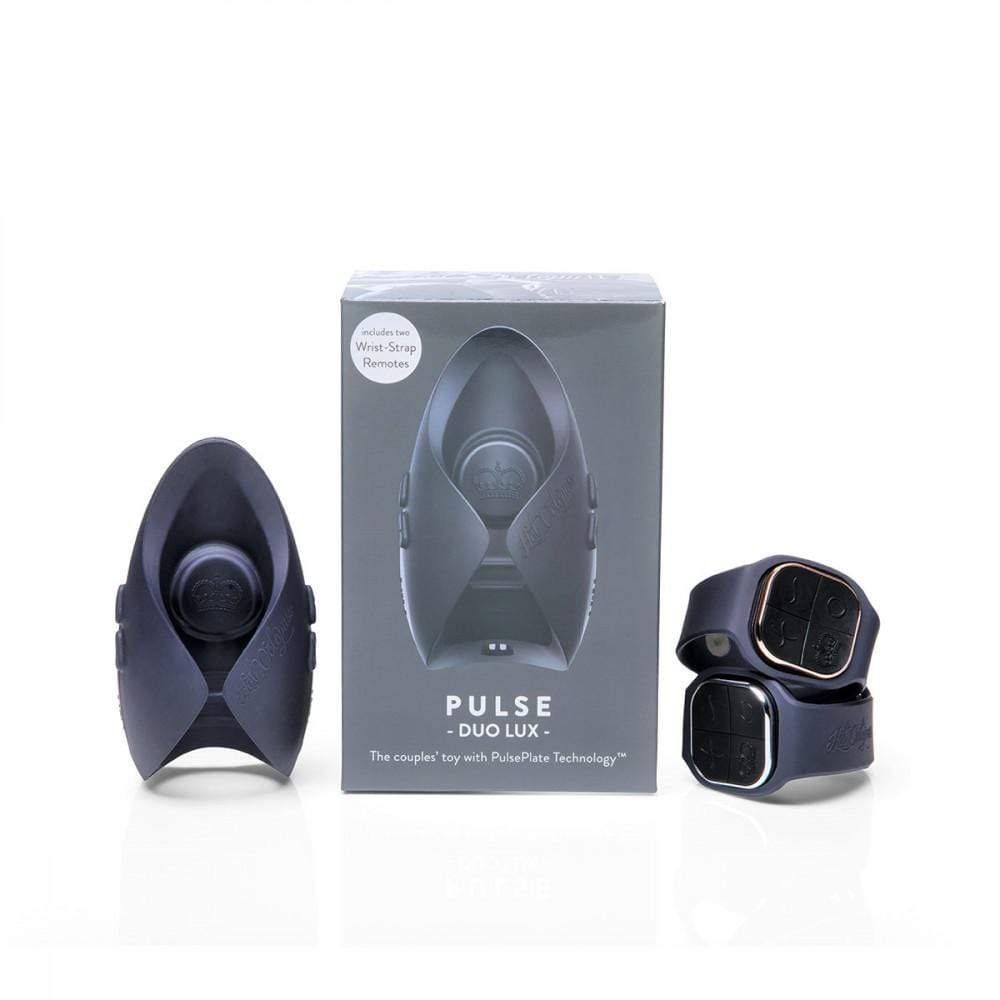
Rings and Things
Cock-rings, whether those that vibrate or those that don’t, can be used by both the transmasculine and transfeminine. For those undergoing estrogen therapy, the use of cock-rings at the base of the penis, or around the penis and testicles, can aid in maintaining an erection for a longer period of time. For those post-phalloplasty, vibrating cock rings can be used to heighten sensation to the back base of the penis.
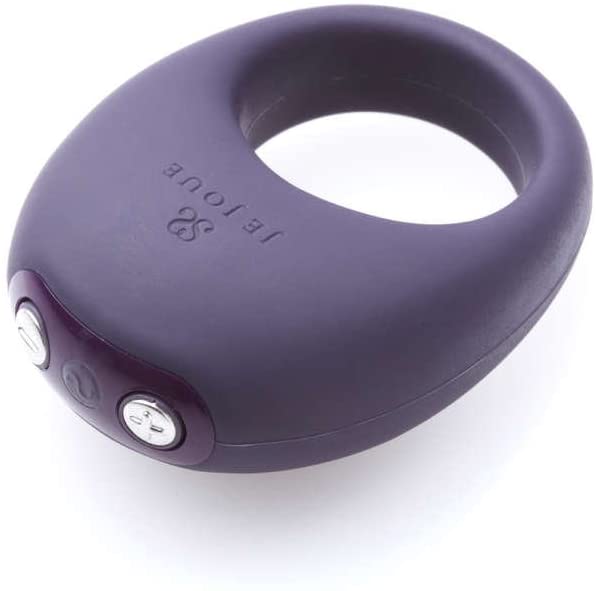
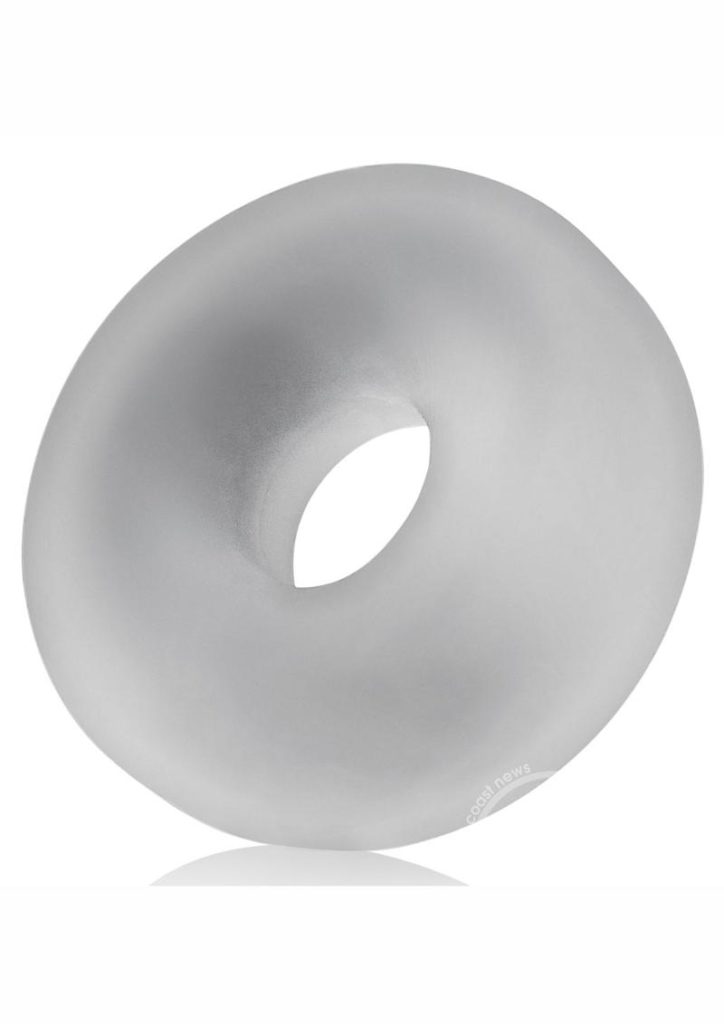
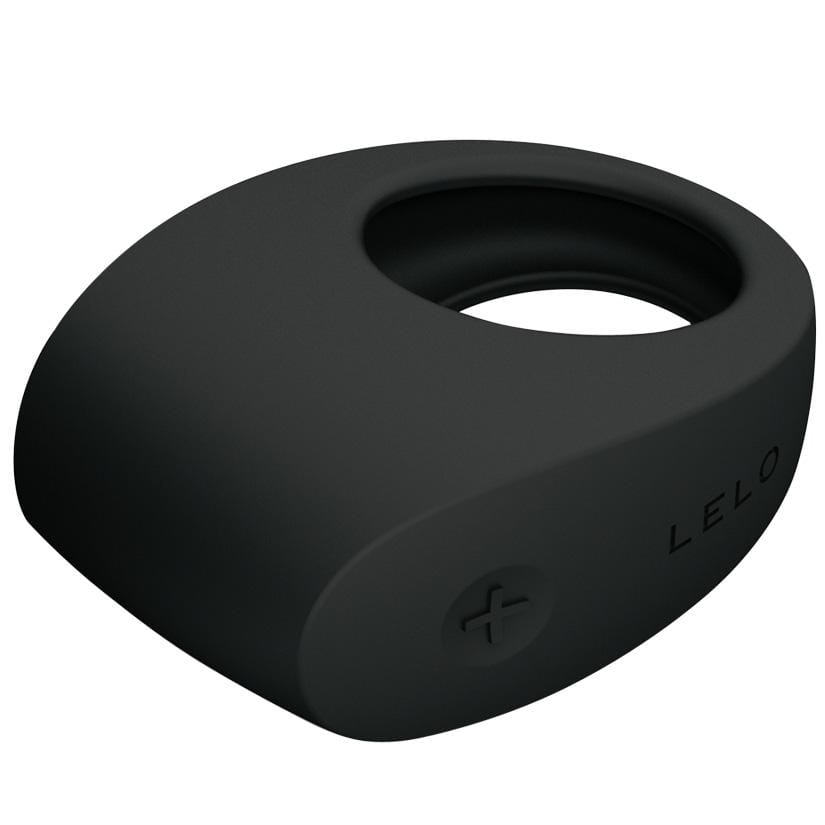
Dilators
For our post vaginoplasty fam, dilators are a must, and it’s recommended to use them twice daily for up to fifteen minutes. This exercise will maintain surgical depth while healing from surgery, and can ensure the success of your procedure. Here’s our a list of medical grade, top of line dilators for you.
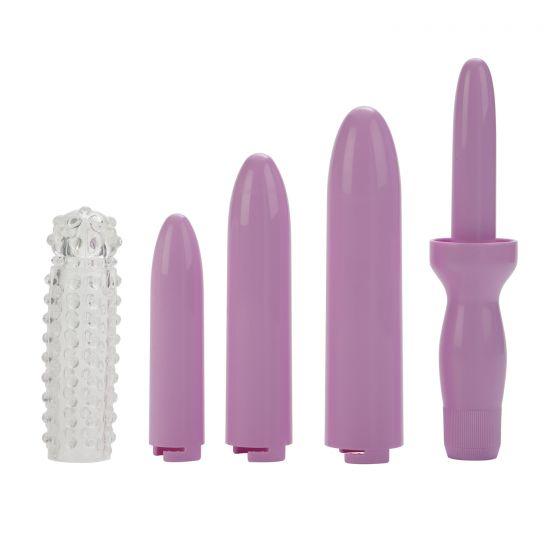
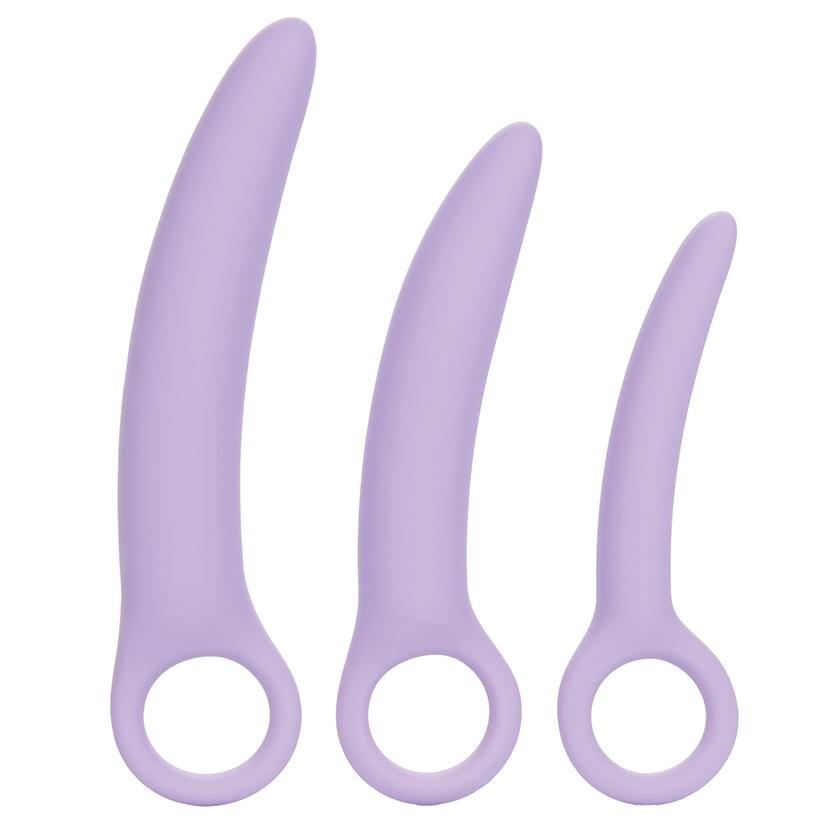
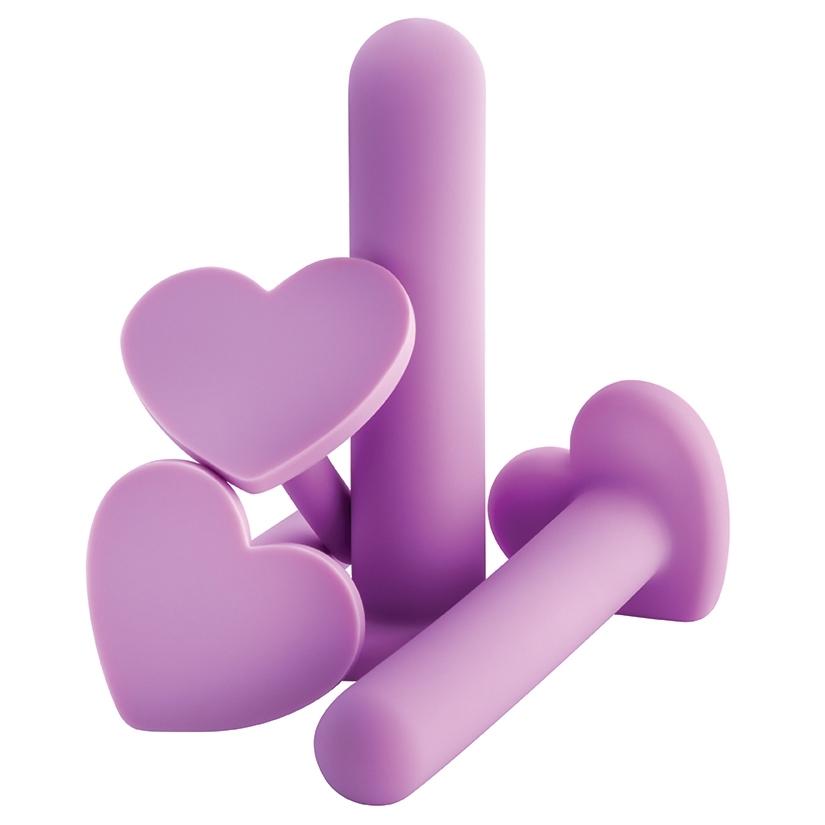
Off the Shelf
Without these amazing authors, this article would not have been possible. If you’re looking to understand the non-binary gender, a loved one, or yourself, here are the good reads we recommend.
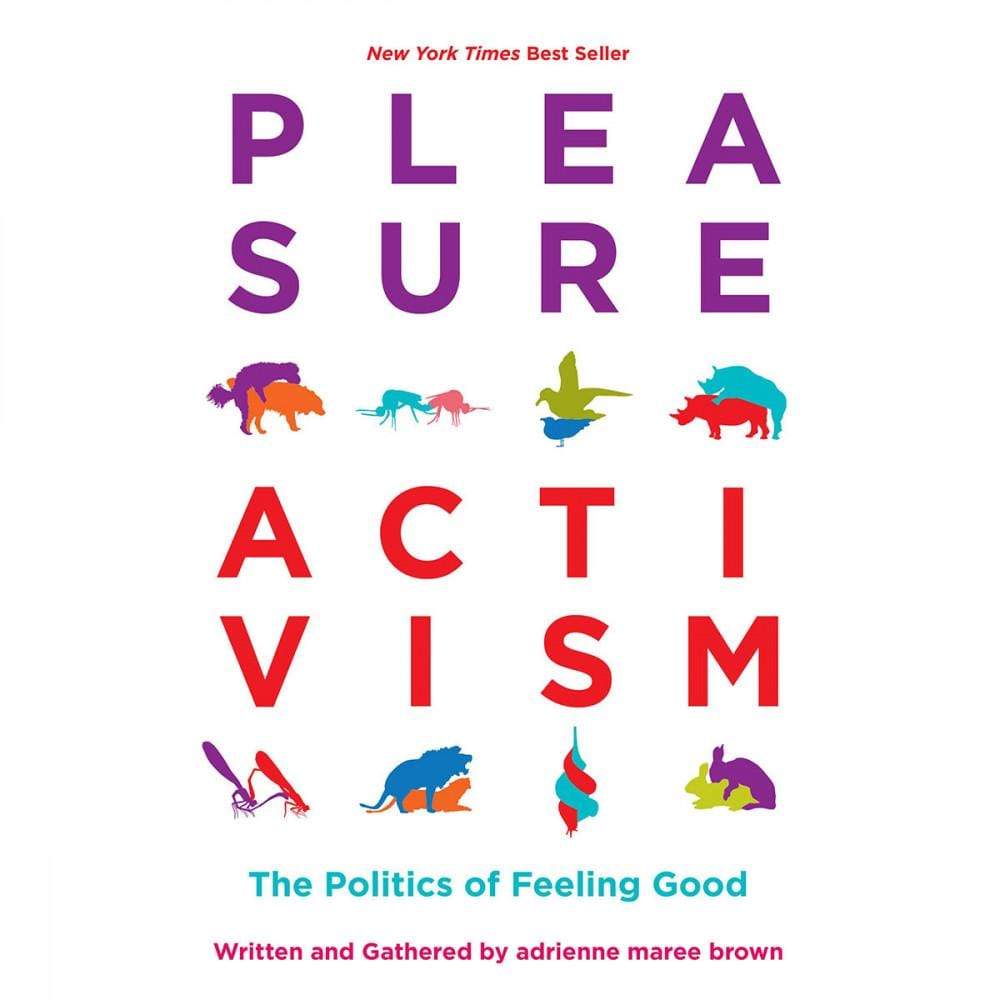
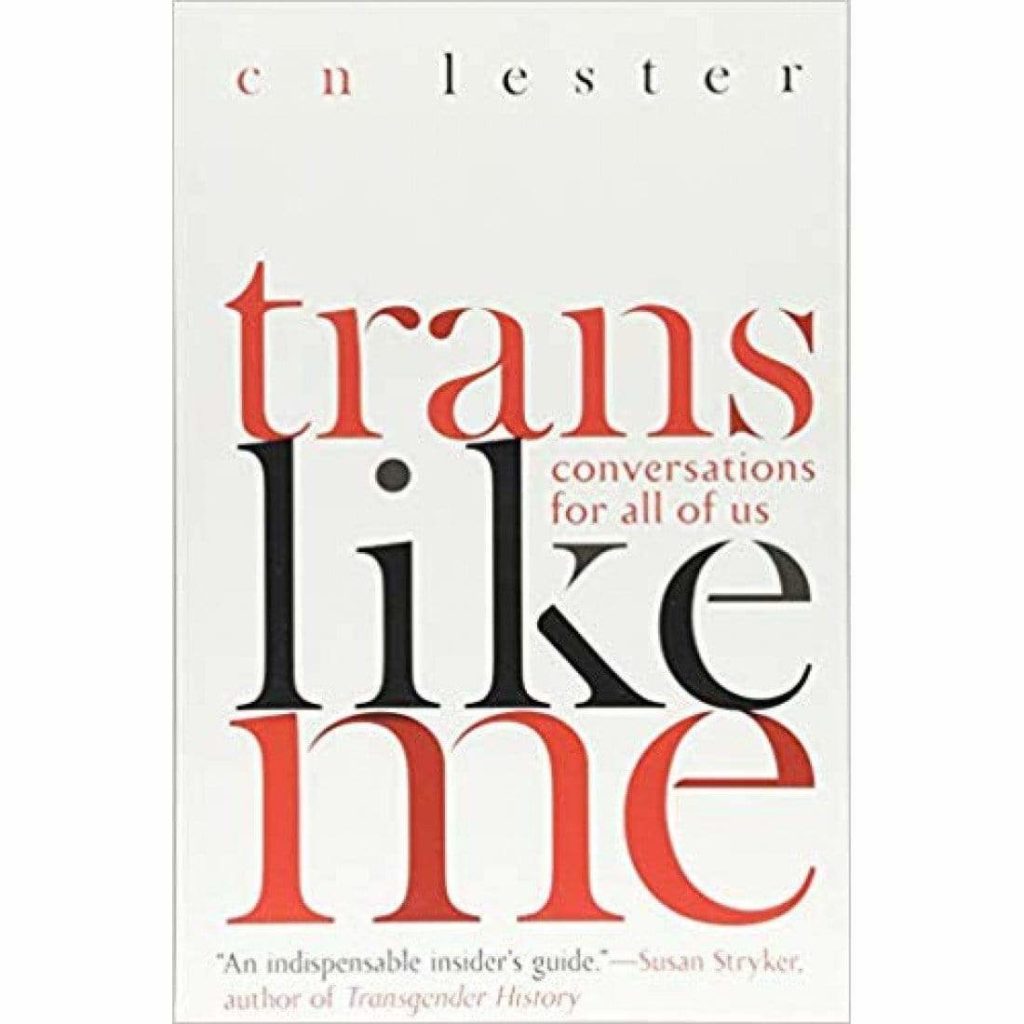
In Conclusion…
I encourage you, reader, to look up the definition of gender. Its origin is sexless, and simply means “membership of a word or a grammatical form in such a subclass.” In laymen’s terms, the word gender helps us define parts of the whole. We are all parts of the whole. Black, Latin, Asian, White, Indigenous, L, G, B, T, Q, I, A, 2, and PLUS! Collectively we give breath, voice, and life to the rainbow of Earth. At least within this human experience, we can consciously choose to do so. The most courageous and important journey any of us undertake is the one toward self-understanding, and to that we at Trystology encourage all genders to flaunt proudly! As we brave making mistakes navigating this expanding world and vocabulary, let’s own those mistakes together. And if you’ve got a problem with that, we kindly ask you to… go have an orgasm.
